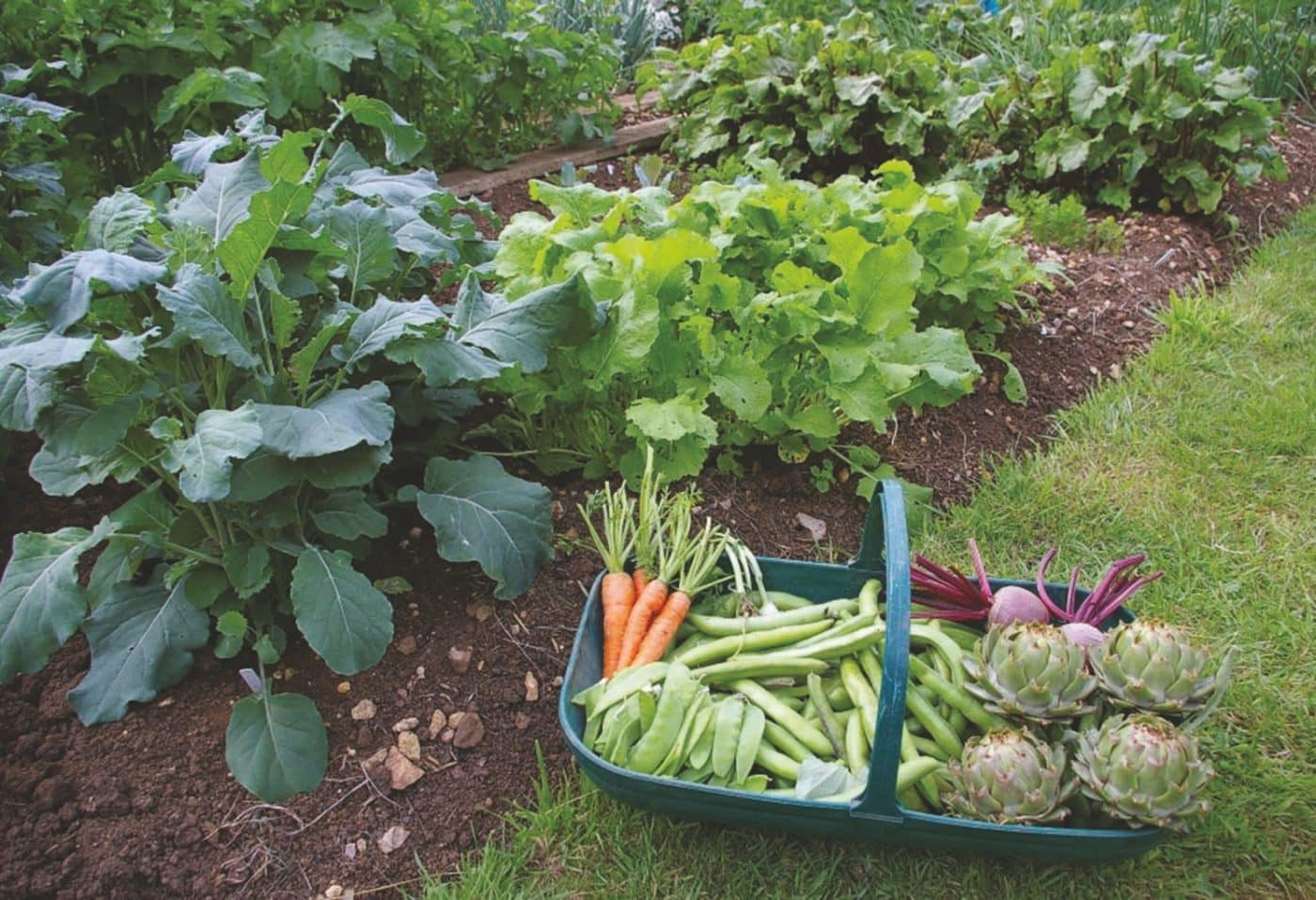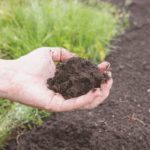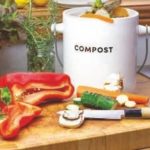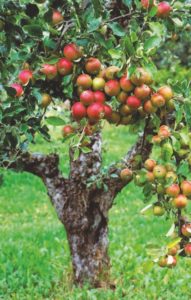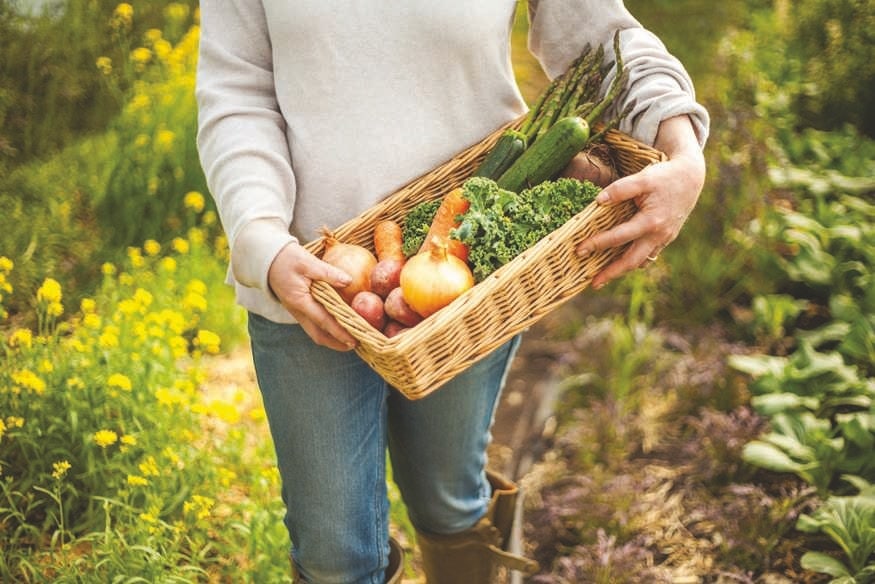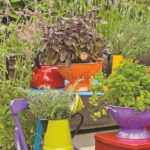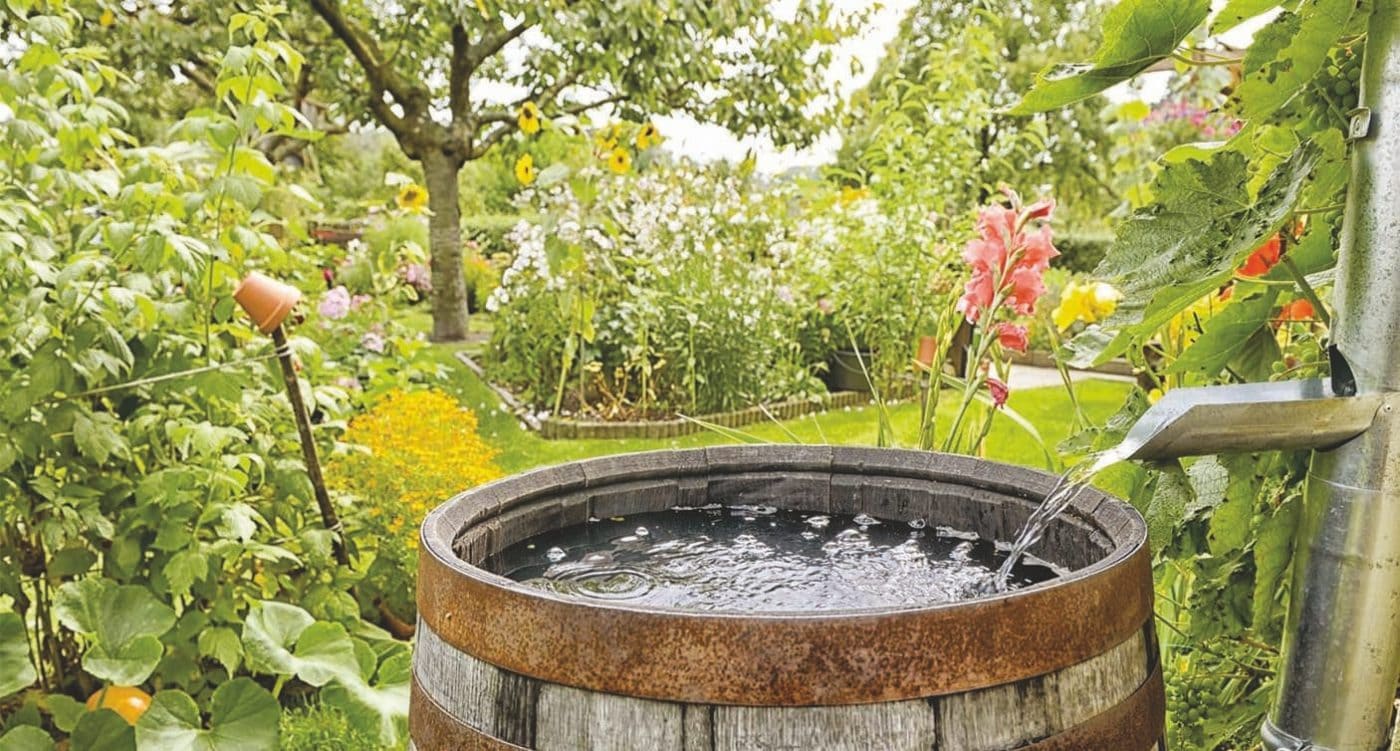Low Carbon Gardening
The climate crisis has been overshadowed by the pandemic during the last year, but the reality of its effects on our lives cannot be underestimated.
Globally the weather is changing, with extreme temperatures and weather events no longer just occasional. Here in the UK our seasons are changing, with extreme heatwaves in summer, low temperatures in winter, and much stormier conditions making high winds and flash flooding regular occurrences, even during summer. Global temperatures have already increased by a full degree Celsius in the last century.
Reducing the amount of carbon we are releasing into the environment is key in reducing the impact of climate change. Many of us are already trying to reduce our carbon footprints by consuming less and doing more ‘green’ things, and what better place to continue this but in the garden this Spring? There is much we can do in the garden to lower our carbon footprint, in turn helping wildlife and creating healthier spaces for ourselves and the animals we share our gardens with.
Ditch the chemicals!
The easiest way to ‘go green’ is to go organic. Chemical weed killers, slug/ant killers, and fertilisers harm bees and other pollinators and mammals like hedgehogs. Make your own instead. White vinegar and Epsom salts make great weed killers, as does plain boiling water. Look into these natural alternatives.
Make your own plant food
Soak stinging nettles, seaweed or comfrey in water to make a ‘soup’ and strain off the liquid. You save on a journey to the shops and the plastic bottle if you search on your walk for ingredients and use an old bucket or bowl. It can be smelly though, so be careful where you leave it! Use old plastic bottles to keep it in. Nettles are great for leafy green plants and comfrey for flowering and fruiting ones.
Avoid peat
Peatlands are important carbon stores where carbon is sequestered (locked up) deep underground as organic matter. Draining and extracting peat releases huge amounts of carbon into the atmosphere. There is peat-free compost available so make a promise to buy only this. If it doesn’t say peat-free, it probably isn’t!
Compost, compost, compost
Better still – make your own compost! Kitchen peelings, tea and coffee grounds, cut flowers, hair, garden clippings, annual weeds and leaves are among many things that can make amazing compost! The easiest has to be leafmould: bag up leaves from autumn leaf fall and leave to rot somewhere at the side of a shed or similar for one or two years. It can be used as seed compost, mulch and soil improver especially for heavy clay soils or dry sandy soils.
Wormeries are also a great way to make your own rich plant food and vermicompost and don’t take up much space. Some can even be kept indoors. In many areas, community compost schemes are available if you don’t have the space for your own compost heap or wormery.
By adding leafmould and homemade compost on top of the soil, the humus content is increased and the layer of organic matter builds up and locks the carbon into the soil for longer, creating a natural carbon sink.
Build healthy soil by adding plenty of organic matter every year and not disturbing the soil too much. The no-dig method keeps the carbon in the soil and saves your back, too!
See https://www.audubon.org/news/the-hidden-carbon-trap-your-garden-its-all-about-soil
Grow your own
One of the best ways to cut food mileage is to grow your own. You are already nourishing the soil with your homemade compost, so continue to reduce your carbon footprint by reducing the distance your food has to travel to get to you. Join local community groups/gardens for seed swaps and to buy or swap small vegetable plants. Many people grow too many and will happily give some away.
Many vegetables are easy to grow in something as small as a window box, such as lettuce, radish, trailing tomatoes, chives and many other herbs.
If you have the space, plant a fruit tree as they not only sequester carbon in their branches, leaves and trunk but produce tasty pickings too! Many fruits are flown by air, which produces huge amounts of carbon. More exotic fruits like peaches and apricots can be grown in the south-east of England against a sunny wall. Apples, pears, raspberries, blackcurrants and gooseberries are all very easy to grow and don’t take up too much space. Think about growing them in your borders alongside ornamental plants.
Research good storage practices to make your homegrown food last longer, using old newspapers, cardboard, hessian and straw. If you don’t have the space or are not able to grow your own, seek out your local community garden or allotments. Many sell produce and are a great place to go to meet people or get tips. Buying locally instead of from the supermarket is a good way to reduce your carbon footprint and can be much cheaper, too!
Permaculture and forest gardening
If you already grow your own or are interested in doing more, the permaculture approach is a great way to reduce carbon even further. Bringing together the historical practices of indigenous cultures and the science of ecology, permaculture is an ethical approach to creating healthy ecosystems, working in harmony with nature to produce food. For information see www.permaculture.org.uk
Make a dead-hedge
By keeping all your garden prunings in the garden, you cut your carbon emissions and create a great place for wildlife. If you have a space where not much grows, a north-facing area for example, drive four wooden posts vertically into the ground and lay any branches and vegetation from pruning horizontally between the posts. As the branches rot down, space is created at the top for more prunings and it becomes a fantastic place for insects. If you have less space try a log pile. Simply pile up any old branches or logs, burying some in the ground for beetle larvae to feed on. Before you fill up that green bin, keep some branches back to create habitats.
Cut out the plastic!
This is a huge topic that we are all very familiar with but it’s important to look at our gardening practices and cut out the plastic here, too. Try to re-use any plastic trays and pots you have and when these fall apart, replace with wooden trays, newspaper pots and toilet roll tubes for seedlings, and clay pots for larger plants. Use reclaimed or upcycled containers instead of buying new plastic pots.
Get creative with plant labelling and instead of buying plastic, make your own from cut-up plastic bottles/yogurt pots, bamboo, lollipop sticks or smooth pebbles.
Some new trends in gardening are worryingly bad for the environment, so think twice before you consider fake grass. Made from plastic and unable to be recycled, it is often made many thousands of miles away and has no benefit to wildlife. Consider alternative ground-cover like shingle, or adding pathways so that you don’t need to walk across the lawn.
Take a break from the lawnmower
Petrol-powered tools emit considerable amounts of carbon dioxide. A medium-sized mower running for an hour emits as much as a 15-mile car journey!
If you have a small lawn, a pushalong mower is a great alternative and keeps you fit! A mulching lawn mower cuts out the need to add lawn feed and other treatments by leaving very finely shredded grass to be drawn down into the soil by worms, releasing the nutrients back into the soil.
Think about reducing the amount of lawn you need to mow by letting it grow long or gradually turning it into a wildflower meadow. Meadows lock up more carbon and are better for wildlife than a clipped lawn. Meadow seed companies sell mixes for different soil types: www.wildseed.co.uk
Collect rainwater
Plants benefit from being watered with rainwater and we get so much rain during the winter that it makes sense to install a water butt, or increase by using an extension kit. A water butt saves 200 litres of water every time it’s filled, helping to save on the 0.5% of UK’s carbon emissions from the treatment and distribution of mains water.
Buy less
All these ideas will help reduce your carbon footprint, but the best thing we can all do is buy less!
Source plants and seeds from local groups rather than buying plastic-clad bedding plants that have been flown to the UK after being raised in a heated greenhouse, creating huge amounts of carbon dioxide. Buy perennials over annuals, as these plants will come back every year saving you money. Sow hardy annuals directly outside from seeds instead. Re-use containers and other materials in your garden rather than throwing away and buying new. Get creative and upcycle things.
There are some great ideas online; check out www.growveg.co.uk
By Sarah@thegardencreative.com www.TheGardenCreative.com
The Garden Creative designs and plants gardens that are beneficial to people and wildlife, partnering with 9-trees CIC who plant trees to offset carbon emissions. www.9trees.org
Posted in: Gardens
